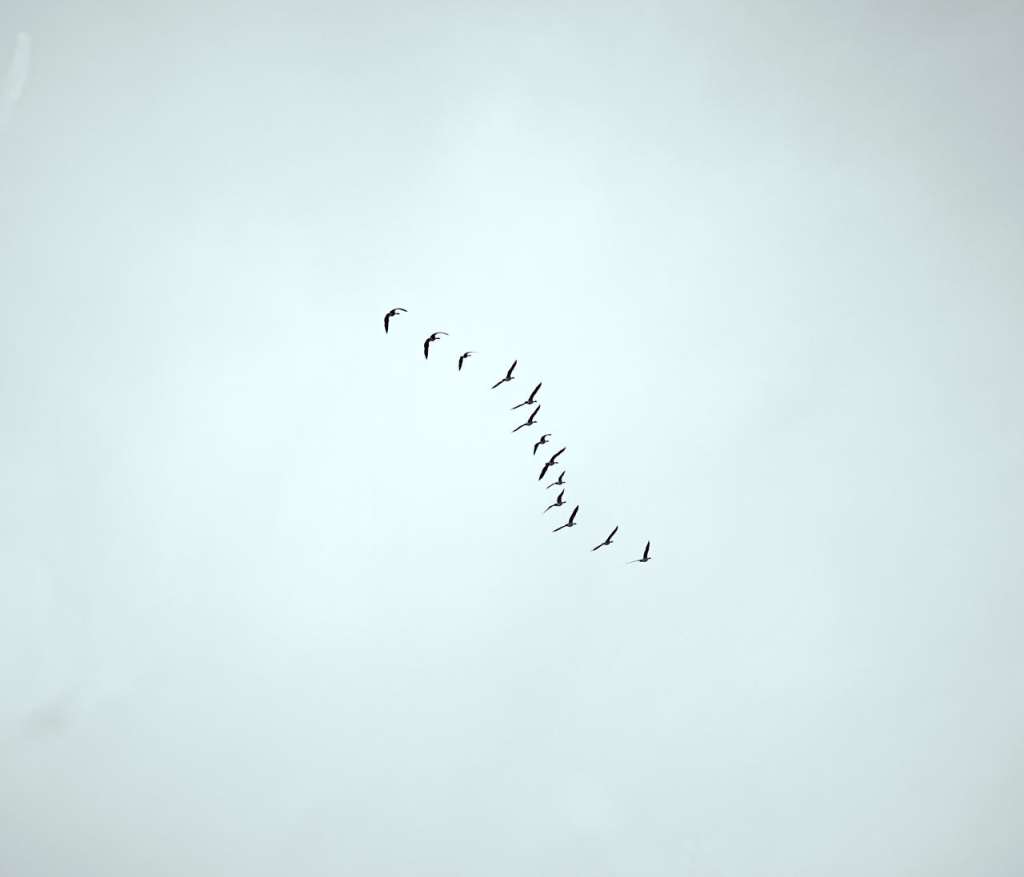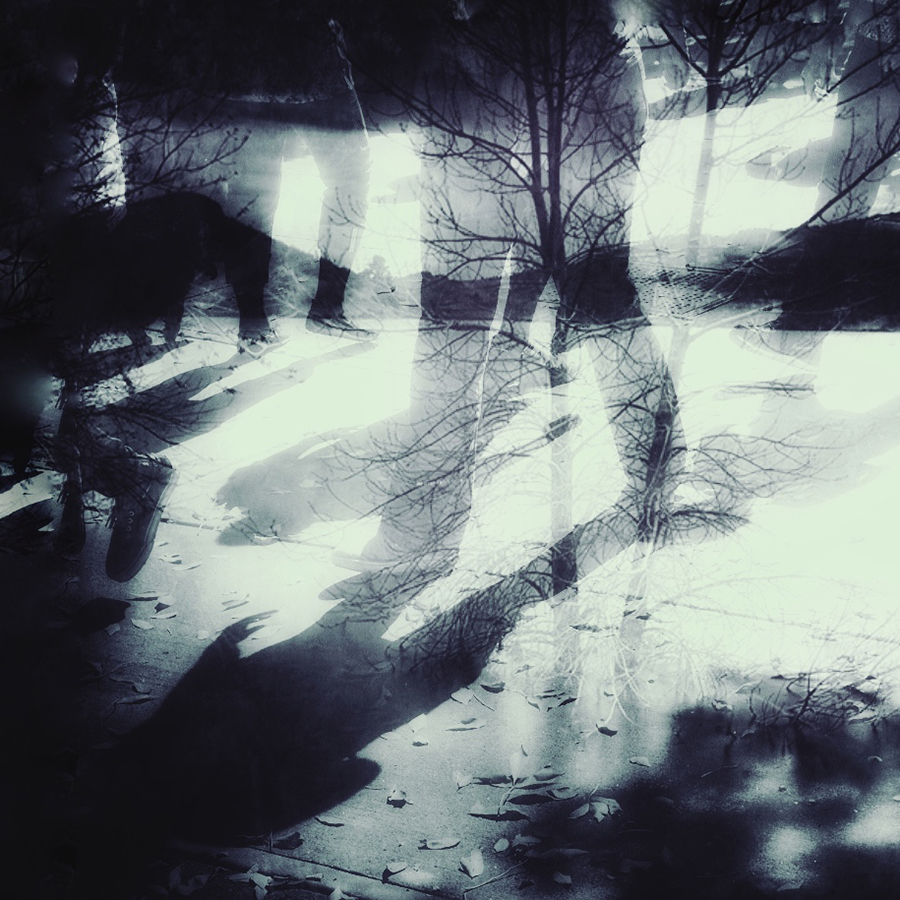Spring is a time of renewal … the continuation of awakening after winter’s sleep

to join May’s square challenge visit The Life of B
Spring is a time of renewal … the continuation of awakening after winter’s sleep

to join May’s square challenge visit The Life of B
Today life feels exceptionally delicate.

Relationships are delicate



The wings of the butterfly are delicate. Their wings are made up of thousands of scales that can fall off if touched. Without these scales to protect their wings, the underlying tissue can tear, preventing them from flying. The scales are unable to regrow once damaged.


Migrating is delicate. Each fall, millions of monarch butterflies migrate from Canada to Mexico. The monarch migration is a brilliant demonstration of nature’s ingenuity, but the delicate creatures face many perils, and the number of migrating monarchs is declining sharply.



Peace is delicate.
Submitted for this week’s lens-artists challenge: delicate

Fujifilm X-T4 f/5.6 1/60 s 60.8 mm 800 ISO
“In a world where time is a sense, like sight or like taste, sequence of episodes may be quick or may be slow, dim or intense, salty or sweet, causal or without cause, orderly or random, depending on the prior history of the viewer. Philosophers sit in cafés on Amthausgasse and argue whether time really exists outside human perception. Who can say if an event happens fast or slow, causally or without cause, in the past or future? Who can say if events happen at all? The philosophers sit with half-opened eyes and compare their aesthetics of time.

Fujifilm X-T4 f/5.6 1/60 s 46.6 mm 800 ISO
Some few people are born without any sene of time. As consequence, their sense of place becomes heightened to excruciating degree. They lie in tall grass and are questioned by poets and painters from all over the world. These time-deaf are beseeched to describe the precise placement of trees in the spring, the shape of snow on the Alps, the angle of sun on a couch, the position of rivers, the location of moss, the pattern of birds in flock. Yet the time-deaf are unable to speak what they know. For speech needs a sequence of words, spoken in time.”*
*cited: Alan Lightman, Einstein’s Dreams

Imagine the dimension of time as a vertical line. Place yourself in the present on that line with the past above you and the future below you. Establish yourself in time. See all your ancestors that have come before you. The youngest generation of your ancestors is your parents. All of them are above you on this line of time. Then below you, see all your dependents, your children, your grandchildren, and all their future descendants. If you have no children, your descendants are the people you have touched in your life, and all the people they in turn influence.
In you are both your blood ancestors and your spiritual ancestors. You touch the presence of your father and mother in each cell of your body. They are truly in you, along with your grandparents and great-grandparents. Doing this, you realize their continuation. You may have thought that your ancestors no longer existed, but even scientist will say that they are present in you, in your genetic heritage, which is in every cell of your body.

Look into a plum tree. In each plum on the tree there is a pit. That pit contains the plum tree and all previous generations of plum tree. The plum pit contains an eternity of plum trees. Inside the pit is an intelligence and wisdom that knows how to become a plum tree, how to produce branches, leaves, flowers, and plums. It cannot do this on its own. It can only do this because it has received the experience and heritage of so many generations of ancestors. You are the same. ~Thich Nhat Hanh (No Death, No Fear, 137-138)

This posting was created in memory of Dustin, Bob, Elberta, Donna, Chris, Larry, Margaret, Thella, John, Clive, and Jeff who all live on within the lives of my beloved.

Fujifilm X-T4: f/2.8 60mm 1/900s 640ISO
Hope rising on Mother’s Day … a lens-artist’s challenge offered by Patti
How invisibly
it changes color
in this world,
the flower
of the human heart.
~Ono no Komachi*
“… our ordinary vision is limited, and…our conventional consensus of reality is not the only version of reality.
The complex multidimensionality of the modern world no doubt contributes to the constructive habit of the mind that, in its attempt to provide meaning, continually rearranges the world to fit individual needs. The failure to recognize the constructive nature of the mind can be a major obstacle to artistry and creativity. Conversely, understanding the constructive nature of the mind and reality can lead the way to Great Understanding in the art of photography and in the art of living.” (61)**
cited:
*The Ink Dark Moon
Trans: Jane Hirshfield with Mariko Aratant
**Tao of Photography
Philippe L Gross & S.I. Shapiro
An intuitive writing prompted by Linda which is prompted by the word, note
“Note to self” she said silently to her self.
Interesting how moments past suddenly remembered would be kept within her memory file labeled “notes of family.” She didn’t need to go searching for that file as memory triggers would unconsciously open up the approbate memory note. That is until someone’s question would push her away from the present and into the numerous notes of family tuck safely within. Within? Within where? How does one locate that place within? A place, a treasure box, tucked within herself…filled with uncountable notes.
“Note to self” she smiled silently to her self, a treasure box filled with notes of memory.
“Photography is all about evoking feelings and emotions. They can be hidden and obscure, or specific and obvious. They flow right on the surface of a photograph, slapping you across the face, or swim below, awaiting discovery.”~Peter Grof*









Is my mind elsewhere
Or has it simply not sung?
Hototogisu*
~Ihara Saikaku (1642-1693)**

*Hototogisu, translated as cuckoo, wood thrush and sometimes nightingale.
The bird’s song is a strong but mournful cry.
It is said to die after singing 8,008 times.
It is also known as the “bird of time,”
“messenger of death” and “bird of disappointed love,”
and flies back and forth from this world to the next.
Confucian axiom: If one’s mind is elsewhere, one will look but not see, listen but not hear
**cited in:
The Classic Tradition of Haiku
Edited by: Faubion Bowers
You must be logged in to post a comment.